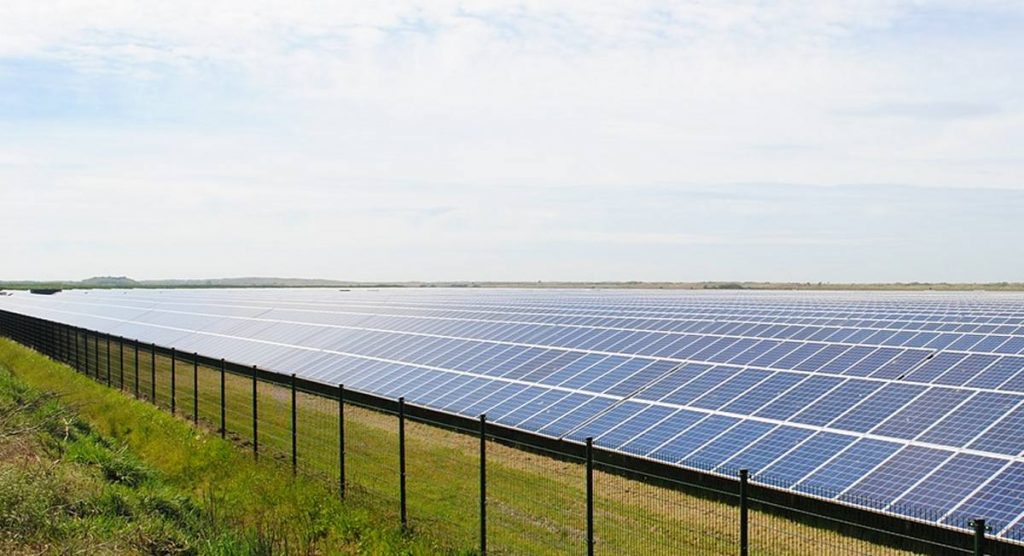
Image: AB27
Solar farm developers with projects in the Dubbo Regional Council area may soon need to dig deeper into their pockets for contributions to the local community.
In New South Wales, large solar farms are approved by the Department of Planning and Environment rather than by the local council where the projects will be constructed as they are considered State Significant Developments (SSDs) due to the size, economic value or potential impacts. For solar farms, the capital investment value for State Significant Development status is $30 million or more.
Just in the Wellington region, part of Dubbo Regional Council’s area, there are six major solar power projects on the board. One relatively recently approved is Suntop Solar Farm, a 170-megawatt solar energy facility to be built approximately 10km west of the town. Other projects at various stages of the approval process are:
- Maryvale Solar Farm: 125 MW
- Wellington North Solar Farm: 300 MW
- Wellington Solar Farm: 174 MW
- Suntop 2 Solar Farm: 230 MW
- Mumbil Solar Farm: 138 MW
While these solar projects will be good news for the area as they will bring jobs and associated economic activity, they will also bring some challenges. Dubbo Regional Council believes developers or the State Government should be coughing up more cash to deal with “community impacts” from the facilities, including those associated with dealing with the influx of workers.
Draft Planning Agreement Policy For Solar Farms
At its March 25 meeting, Council resolved to adopt a draft policy on the issue for the purposes of undertaking detailed community and stakeholder consultation. The latter includes Wellington Chamber of Commerce, the Department of Planning and Environment and of course, proponents of solar farms.
” This Policy requests Proponents of Solar Energy Farms to enter into a Planning Agreement with Council based on provision to Council of $3,500 per Mega Watt generated from the development,” says a news item on Council’s site.
The “per Mega Watt generated” is oddly noted. It wouldn’t be “per megawatt hour generated” as that would send solar farm owners broke from the get-go given the cost of solar electricity from new large scale facilities is around $50/MWh these days. Perhaps Council means “per megawatt capacity” – and then it would have to decide whether that is based on AC or DC nameplate capacity rating.
If the proposed fee was levied in such a way, that would see AGL (or the State Government) required to pay Dubbo Regional Council at least $1.05 million for the proposed Wellington North Solar Plant, which will be a 300MW project. For all the projects above, the fees would amount to at least just under $4 million in total.
The funds provided wouldn’t be given to Council to do with as it pleases. The Agreement would consist of three elements to which funds would be directed.
- Strategy: for managing impacts, but not including road infrastructure
- Community Benefit Program: including the provision of community facilities
- Community Benefit Fund: accessible to community groups through an application process.
The Draft Planning Agreement Policy was published yesterday. The document, along with other notes can be accessed here. The draft policy makes mention of the value of the funds “shall be no less than $3,500 per Mega Watt of energy” – there’s that energy vs. power thing again. The policy will be on public display for a period of 28 days, after which a report will be provided to Council including feedback.

 RSS - Posts
RSS - Posts



It would be quite reasonable to require the developers to raise the solar panels to a height where stock could graze beneath them,and space the panels to allow runoff of rain to the grass below. The panels themselves would provide shade and shelter for the animals. But it would cost extra money,of course,and reduce profits slightly(tragedy!). The grazing rights could be leased out.